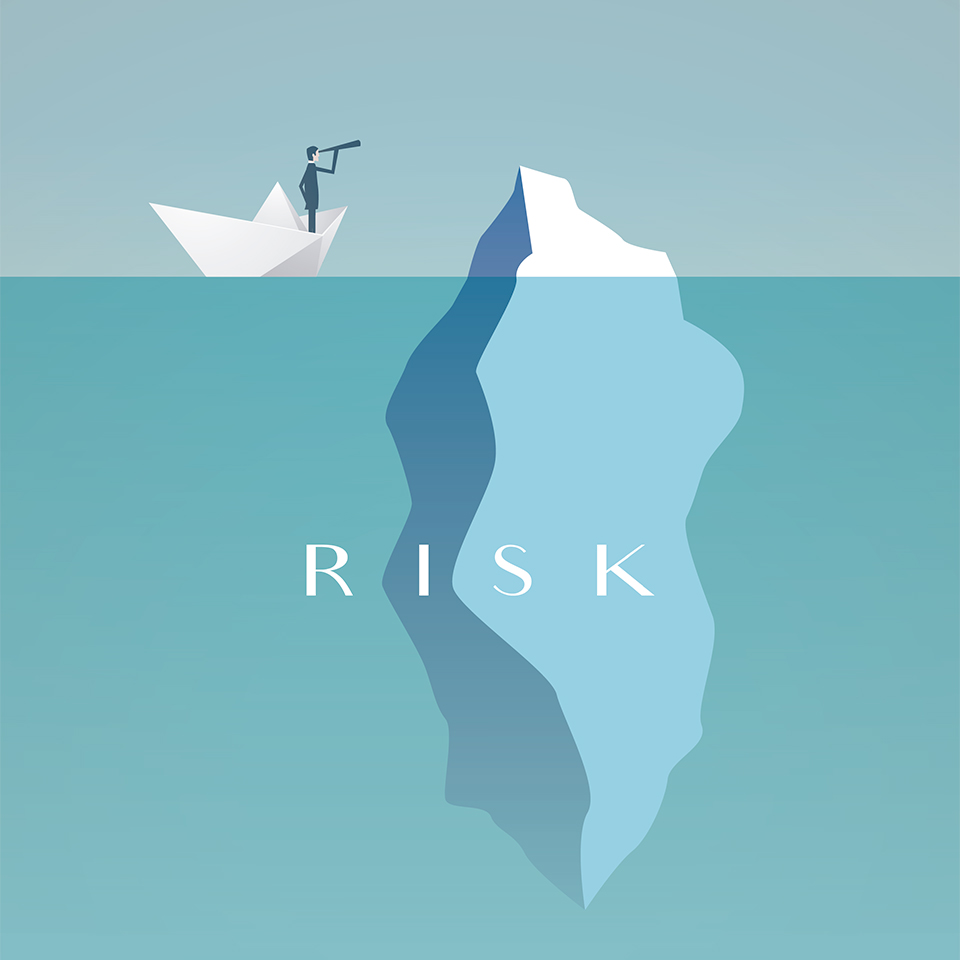

Extra Cover
Published in Extra Cover
Enterprise Risk Management: an effective need
Today’s increasingly volatile and complex world is impacting us all; and with economic uncertainty and recession looming, the fallout from the pandemic still ongoing and now the war in Ukraine, devising and implementing integrated enterprise risk management strategies is more crucial than ever for the survival of many organizations.
At a time when the global economy has not yet recovered from the pandemic, global economic prospects have been severely set back, largely because of Russia’s invasion of Ukraine.
Even before the war, inflation in many countries had been rising due to supply-demand imbalances and policy support during the pandemic, prompting a tightening of monetary policy. The latest lockdowns in China can cause new constrictions in global supply chains, adding to price pressures and exacerbating significant policy challenges.
The economic, financial, and social impacts that the current economic framework is causing in the worldwide economy, especially in Europe, are calling the attention of managers to the need to develop and put in place adequate strategies for the high levels of exposure to risks. Organizations that already have such a management tool in place may define more effective mitigation strategies, thus allowing them to overcome the current turbulence more quickly and with less loss of value.
This process involves implementing integrated enterprise risk management strategies that identify, analyze and prepare management and mitigation measures for risks that have an impact on the organization's objectives and activity. And it is not only looking at financial risks, but also at operational, market, technological, and macroeconomic risks.
This strategy not only requires organizations to identify which risks they face and which they should actively manage, it also involves gauging their expected effects, and the consequent development of action plans integrated into the different components that make up their business plans: their annual and multi-year budgets and, in the case of publicly traded companies, their annual management reports and accounts.
From the financial point of view, the current economic scenario draws attention to the fact that 'performing the minimum services' in terms of budget management, such as the preparation of annual budgets, cash budgets, and financing plans, may prove to be insufficient, especially in more adverse economic states. Therefore, the implementation of integrated risk management models, from the simplest, such as scenario analysis, to the most analytically developed, such as simulation techniques, or, for non-financial firms, cashflow@value-at-risk models, becomes essential.
The continuous development of alternative scenarios, including extreme ones (stress testing), allows, in times of social and economic turmoil as we have been experiencing since 2020, to think strategically, to reflect on new operating models capable of creating value, and not only in the preparation of the next amending budget.
Organizations that have developed budgets with robust financing plans are those that have already prepared contingency plans at the operational and financial level and will be better able to respond to adverse scenarios of sharp reduction in activity and high cash flow restrictions. They will also be better prepared to use these moments of crisis as an opportunity, to better adapt to the context and focus on the essentials.
Let's take the example of short-term financial management. In day-to-day tasks, the financial manager has the responsibility to manage cash flow to ensure that any gaps in operational or investment activities are covered by financing. This becomes even more important because failure to do so could interrupt the normal supply of resources to the organization and halt the production process. Treasury management is primarily a granular adjustment process, closely related to the organization's working capital levels and needs. It should not be forgotten that the temporal dimension of the production process implies that the flows of payments and receipts are not coincident. There are also circumstances in which it is possible to adopt productive and commercial strategies that promote the synchronization of cash flows. However, this management model can only be implemented in crisis situations if, as part of the planning process, organizations prepare the aforementioned contingency plans, incorporating extreme scenarios in their cash budgets.
Another fundamental topic is related to climate risk and the negative impacts that the increase in surface temperature of the Earth will impose to life, ecosystems and, consequently, to economies. The physical risks of climate change are powerful and pervasive. Disruptive physical impacts will give rise to transition risks and opportunities in the economy, including shifts in demand, the development of new energy resources, and innovations arising from the need to tackle emissions and manage carbon, as well as necessary reforms in food systems. In this uncertain environment, excellent climate-risk management becomes paramount.
The challenges that organizations have seen since the beginning of the pandemic, as well as those that are expected in the coming decades, and the lessons that can be drawn can be seen as an opportunity to correct past mistakes and implement integrated business risk management strategies. Let's not forget that risk has always been at the core of any business, any organization that makes an investment, that exports, that invests in the development of a new technology, faces risks, which must necessarily be managed, otherwise they may put their 'cash-flow at risk'…
